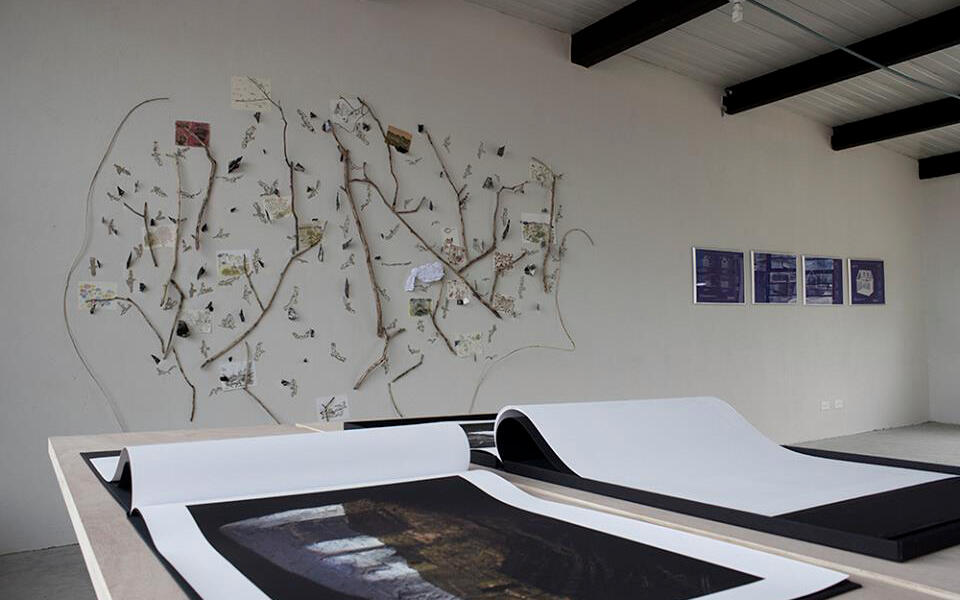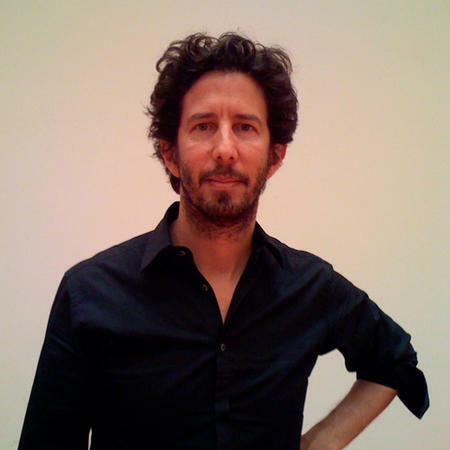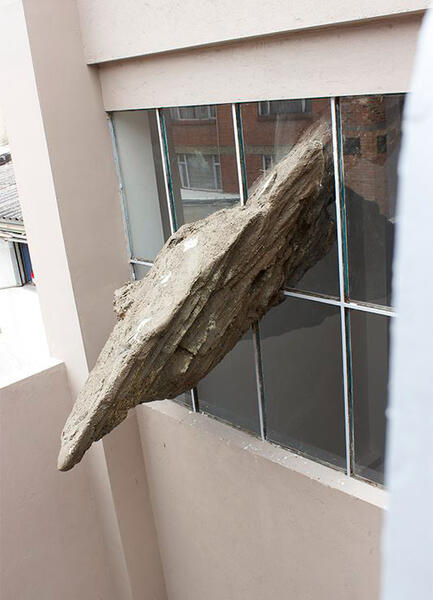Letter from curator José Roca on the creation of FlORA ars + natura in Colombia
The Colombian curator José Roca, current Estrellita Brodsky Adjunct Curator of Latin American Art at Tate Modern, London, has written an open letter to define the spirit that inspired him to create in Colombia, together with his wife, Adriana, the Flora ars + natura art space, located in the San Felipe neighborhood in Bogotá, as a link between the local and the international scene, and including a residency space in the town of Honda, on the banks of the Magdalena River, which will host artists-in-residence.

This is a project that is open to multiple interdisciplinary and inter-institutional dialogues between art and nature, or between art and literature, intertwined in the complex sociopolitical fabric of Colombia and the American Continent.
The Bogotá venue opened to the public with the exhibition Ninguna forma de vida es inevitable (No life form is inevitable)– inspired by Henry D. Thoreau’s legendary book Life in the Woods – which included the participation of local and foreign artists. The show also featured the work created in Honda by the artist-in-residence Tania Candiani, selected by the Mexican institution “Casa del Lago” for her recent work focusing “on the historical, social, and cultural contexts of sound, and the machines or instruments that produce it.”
Below we reproduce excerpts from José Roca’s letter, which convey the scope and structure of this project, “open to all kinds of links between nature and art,” in a very broad sense.
“The relationship between art and nature has interested me for a long time. Since the mid-nineties I noticed that many Colombian artists were interested in Botany, using this allegorical approach to touch upon pressing local issues, in particular the complex situation that stemmed from the equation ‘insurgence/repression/drug trafficking’…
FLORA ars+natura is a space for contemporary art…that specializes in the relationship between art and nature. FLORA‘s foci are: production through commissions and residencies; the circulation of the results, and education (...) It will have a small auditorium, a library, a cafe, a small garden of native species, and several studios for artists. The exhibitions will be done in three spaces: a storefront display window, a mid-sized project room, and a small space specifically suited for sound art. Some of our projects will be done in collaboration with other institutions, and the results will therefore eventually be shown in other places in the city, or abroad.
FLORA will have the following programs, aimed at different publics:
-- Permanent Summer. FLORA’s residency program will be held in the town of Honda, Tolima The works realized during the residency will be shown at FLORA’s project room in Bogotá. Every year we will invite four artists to stay at Casa Deuxsoleils, in the historic district of this colonial town. Honda is an appropriate setting for a residency, as it has several layers: geographical, historical, social, political and economic. Honda is in the route of the Botanical Expeditions (1783-1816), whose center of operations was in Mariquita, less than 20 km away. The relationship with the Magdalena River, which was used by the Spanish conquerors to penetrate the territory and which was very important for commerce throughout the 19th century, makes Honda an ideal place for artists interested in themes such as navigation, biodiversity, botany, fauna, geography and fishing, but also the history of railroads, of industry, conflict, violence…
This program will be curated in-house, and will be done in collaboration with local and international institutions.
-Cabinet. FLORA will have a storefront display window, with a monthly intervention by a different artist. This program invokes the c abinets of curiosities, spaces to show the odd and the extraordinary, the exotic and the strange. The name is, of course, a play on words; we are actually interested in a more direct relationship between art and a non-specialized public, which might not be accustomed to visit an exhibition space. We also think it’s a stimulating challenge for an artist to conceive a work in a relatively small and concentrated space. Part of the program will be done in collaboration with Lugar a Dudas in Cali, which has the program La Vitrina; the rest will be programmed through an open call on our webpage.
Phylum. In taxonomical terms, Phylum is a category between kingdom and class. This very open term serves to designate a yearly one-person or group exhibition around a particular species: Papaver Somniferum, Canis Vulgaris, Zea Mays, Musa Paradisiaca, Erythroxylum Novogranatense, Formicidae, Nova Brasiliensis, among others.
-A lbum. Each year we will conceive a group show revolving around a particular literary work, as if it was the catalog of a show we have not yet seen.
-Audible Archive.So-called sound art is seldom included in art exhibitions, being at best relegated to a set of headphones, or competing with visual works and other sound pieces for the attention of the viewer. This segregation occurs to such an extent that artists who work in this media end up organizing their own events and exhibitions. FLORA will have a small space especially conditioned to experience sound art. This space will be programmed through an open call.
-Curator in residence. We will invite two curators every year to stay for a month at FLORA’s residency space in Bogotá. They will be doing studio visits with local artists, in preparation for their upcoming curatorial projects
- FLORA grant. Through an open call, we will choose an artist from outside Bogotá and give her/him a studio and living space for two months, so they can become familiar with the local art scene.
The application forms for the different programs will be posted on FLORA’s webpage in the first trimester of 2013.
All of FLORA‘s programs will stress the need to establish a meaningful relationship with the community, including -but going beyond- the art scene. The aforementioned structure is the general framework of our program, but we are aware it will change according to the needs and expectations of our public.”
www.arteflora.org.










